Mirror mirror on the wall, what’s the fairest Disney live-action remake of them all?
Wait, mirror. Hold on a second. Maybe choosing from the likes of Alice in Wonderland (2010), Mulan (2020) and The Lion King (2019) isn’t such a good idea. Mirror, on second thought, what’s on Netflix?
Even the most devoted fans would have to acknowledge that these have not been the most illustrious illustrations of Disney magic. At their best (Pete’s Dragon? Cinderella?) they breathe life into old classics that could use a little updating. At their worst, well, blue Will Smith.
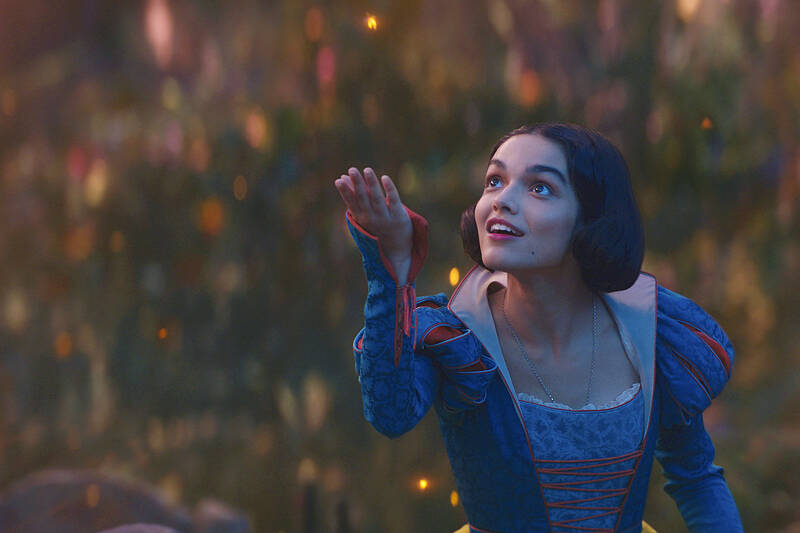
Photo: AP
Given the rapacious rate of remakes in modern Hollywood, it’s remarkable that it’s taken nearly 90 years for Disney to return to Snow White. It means going back to the very foundation of the Mouse House. The 1937 Snow White and the Seven Dwarfs was Disney’s first animated feature; its grosses paid for the studio’s Burbank lot.
That legacy of Snow White, by comparison, doesn’t do any favors to Marc Webb’s inevitably lesser, inert live-action retread. Good intentions, like swirling bluebirds, flutter through this Snow White: to give its singing protagonist ( Rachel Zegler ) more agency; to expand that notion of “fair” beyond skin tone; to reframe that problematic prince. But all that updating adds up to a mishmash of a fable, caught in between now and once upon a time.
It wouldn’t be an earthshattering observation to note that a 1930s cartoon, let alone a 19th century German folk tale, might not be entirely in line with contemporary culture. Most of these Disney live-action remakes have carried with them more than a few notes of correction and atonement for the past — a laudable goal that means a generation of kids might not need a brief history lesson to go along with an old classic.
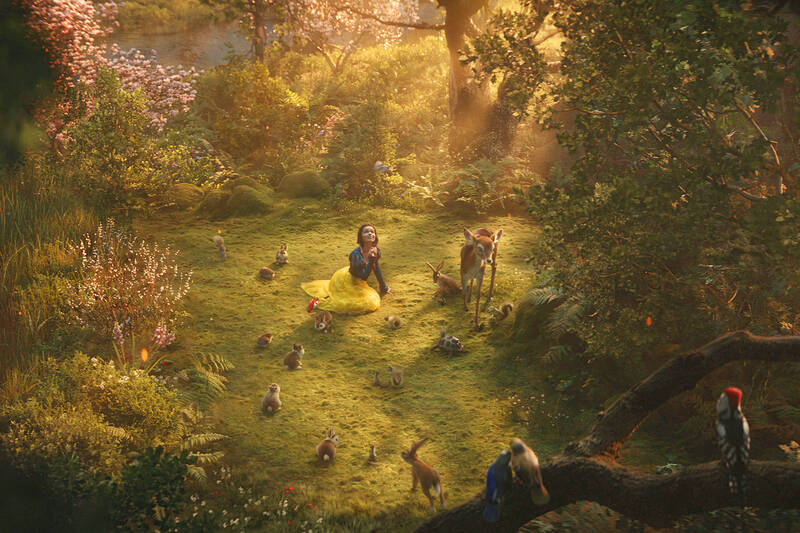
Photo: AP
But it’s a tricky thing reworking a fable that’s been around two centuries, and that’s doubly true when leaping from the two-dimensional fantasy realm of animation to the more complicated land of flesh and bone. Webb’s Snow White has been a veritable case study for the headaches that can arise when a window into the real world is cracked open. Everything from Israel’s war in Gaza (Zegler and her co-star Gal Gadot, who plays the wicked stepmother, have differing opinions), the humanity of little people (there’s a reason “and the Seven Dwarfs” has been stripped from the title) and the alleged “woke”-ness of the production have been fuel for what we can gently refer to as online debate.
Despite some gloriously lush production design, Snow White — innocent of most of those backlashes though not all — can’t quite thread the needle. Even the new songs (by Benj Pasek and Justin Paul) that are good (Waiting on a Wish) struggle to fit in alongside old standbys. Zegler does a spirited job remaking a classic Disney princess into a more modern woman; when she sings, the movie gets a lift. The last thing that’s wrong with this Snow White is Zegler’s casting.
But like scaffolding that’s been left up too long, the strain of renovation shows in Webb’s film, particularly in its awkward handling of Dopey, Sneezy and company. The seven dwarfs, like the fawns and squirrels, are rendered in CGI. You could argue that this acknowledges the artificiality of a dated and offensive trope. But it also gives Snow White an uncanny quality, with all human characters but the dwarfs being played by real people. As if to Band-Aid over this, one of the woodsmen is played by an actor of short stature (George Appleby) whose presence seems like yet another atonement, only one for this Snow White, not 1937’s.
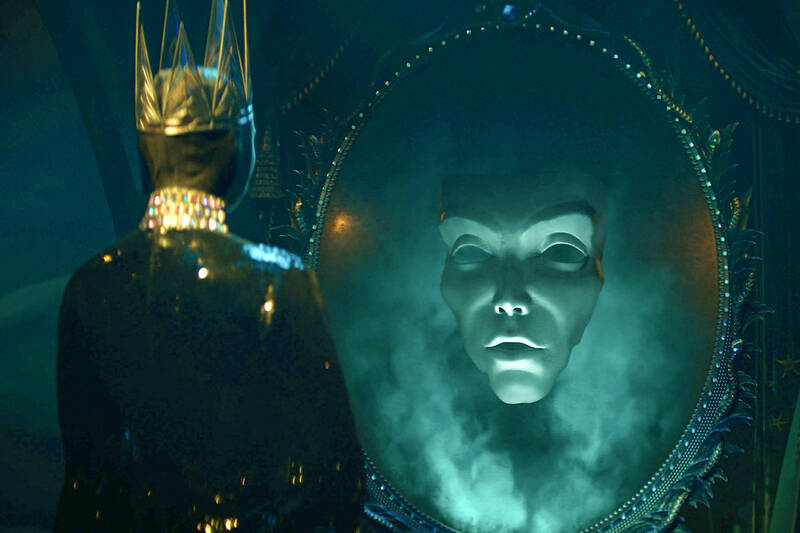
Photo: AP
You might be thinking: But what about the movie? The problem with Snow White is that you never stop thinking about these much-strategized and sometimes superficial efforts to recontextualize the original movie. Erin Cressida Wilson’s screenplay remakes Snow White’s story as less a princess awaiting her Prince Charming (the song “Someday My Prince Will Come” has been jettisoned) than an heir to a throne who loses her gumption. Though taught as a child to be “fair” as a leader by her father king (Hadley Fraser), Snow White has lost any ambition by the time Gadot’s Evil Queen takes over the kingdom.
Gadot sinks her teeth into the Evil Queen, a spikey, slinky villain who moves with a metallic rustle (the costumes are by Sandy Powell). But she feels cut off from the movie, without the lines that would elevate her flamboyant performance into something memorable. The prince has been altogether scrubbed; instead Andrew Burnap plays the blandly cocksure bandit Jonathan who encourages Snow White not to wait for her father’s rescue.
Presumably one of the reasons to bring actors into remakes of animated classics would be to add a warm-blooded pulse to these characters. Zegler manages that, but everyone else in Snow White — mortal or CGI — is as stiff as could be. You’re left glumly scorekeeping the updates — one win here, a loss there — while pondering why, regardless of the final tally, recapturing the magic of long ago is so elusive.
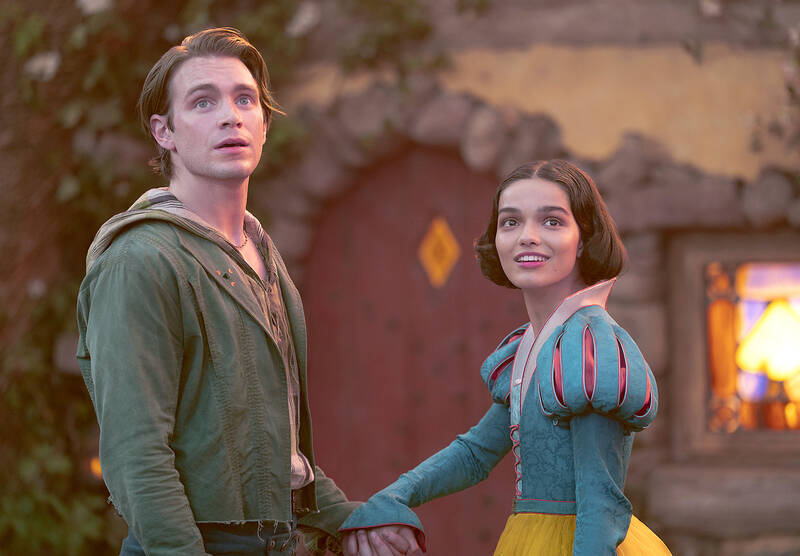
Photo: AP
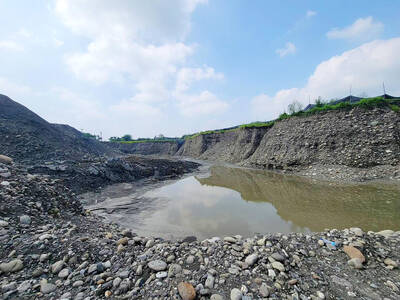
Last week the story of the giant illegal crater dug in Kaohsiung’s Meinong District (美濃) emerged into the public consciousness. The site was used for sand and gravel extraction, and then filled with construction waste. Locals referred to it sardonically as the “Meinong Grand Canyon,” according to media reports, because it was 2 hectares in length and 10 meters deep. The land involved included both state-owned and local farm land. Local media said that the site had generated NT$300 million in profits, against fines of a few million and the loss of some excavators. OFFICIAL CORRUPTION? The site had been seized
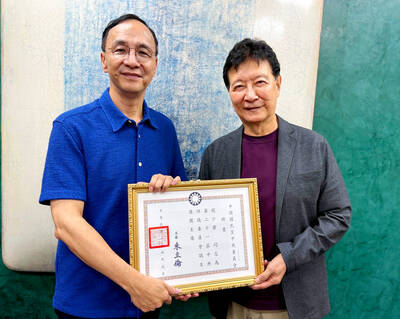
Next week, candidates will officially register to run for chair of the Chinese Nationalist Party (KMT). By the end of Friday, we will know who has registered for the Oct. 18 election. The number of declared candidates has been fluctuating daily. Some candidates registering may be disqualified, so the final list may be in flux for weeks. The list of likely candidates ranges from deep blue to deeper blue to deepest blue, bordering on red (pro-Chinese Communist Party, CCP). Unless current Chairman Eric Chu (朱立倫) can be convinced to run for re-election, the party looks likely to shift towards more hardline

The depressing numbers continue to pile up, like casualty lists after a lost battle. This week, after the government announced the 19th straight month of population decline, the Ministry of the Interior said that Taiwan is expected to lose 6.67 million workers in two waves of retirement over the next 15 years. According to the Ministry of Labor (MOL), Taiwan has a workforce of 11.6 million (as of July). The over-15 population was 20.244 million last year. EARLY RETIREMENT Early retirement is going to make these waves a tsunami. According to the Directorate General of Budget Accounting and Statistics (DGBAS), the
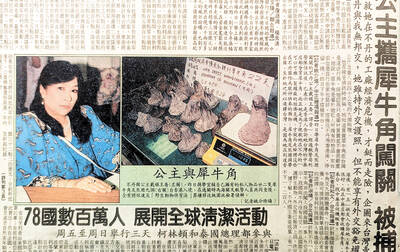
Sept. 15 to Sept. 21 A Bhutanese princess caught at Taoyuan Airport with 22 rhino horns — worth about NT$31 million today — might have been just another curious front-page story. But the Sept. 17, 1993 incident came at a sensitive moment. Taiwan, dubbed “Die-wan” by the British conservationist group Environmental Investigation Agency (EIA), was under international fire for being a major hub for rhino horn. Just 10 days earlier, US secretary of the interior Bruce Babbitt had recommended sanctions against Taiwan for its “failure to end its participation in rhinoceros horn trade.” Even though Taiwan had restricted imports since 1985 and enacted